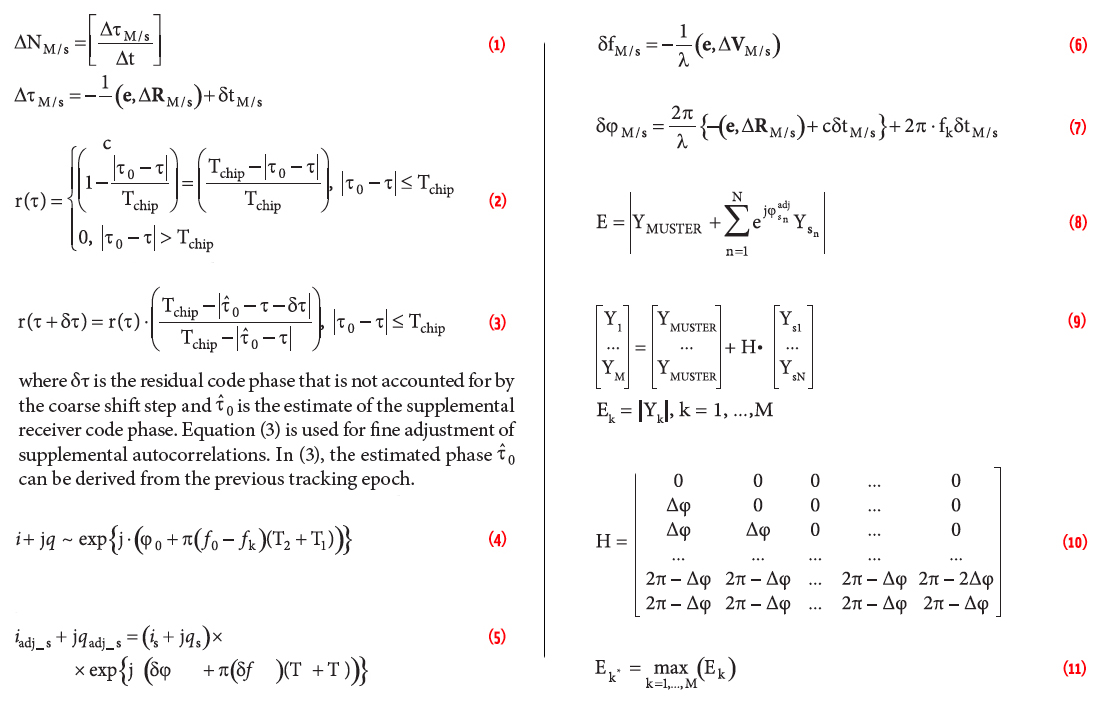BeiDou Gets Ready for the Global Marketplace
The fourth China Satellite Navigation Conference (CSNC 2013) wound up its three-day run on May 17 in Wuhan — by all measures a clear success for an event that has become the nation’s leading international GNSS forum.
A key take-away from the event: China is rapidly preparing to bring BeiDou products and technology into the international marketplace is encouraging its industry to build an internationally applicable knowledge base in standards, patent law, and intellectual property rights (IPR).
By Inside GNSS







